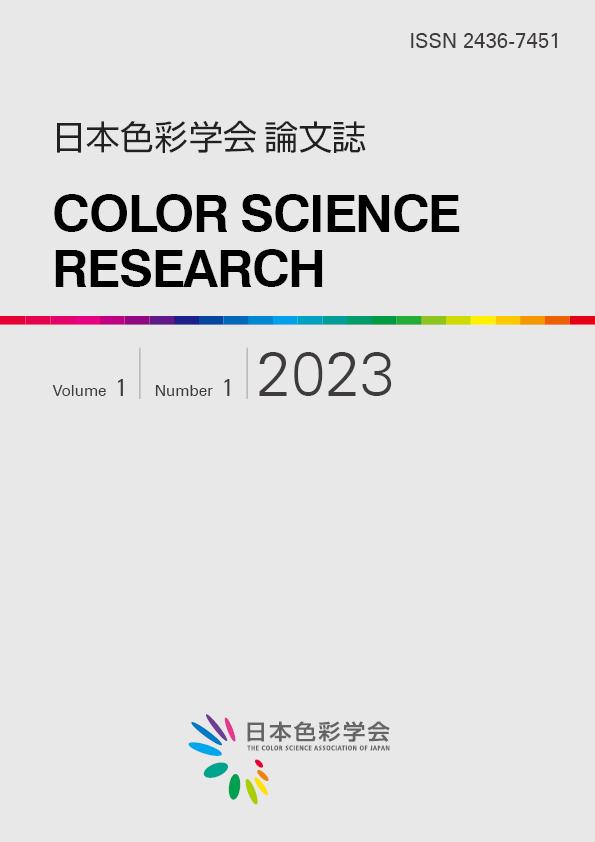Current issue
Displaying 1-4 of 4 articles from this issue
- |<
- <
- 1
- >
- >|
-
Article type: Research Article
2023 Volume 1 Issue 1 Pages 1-14
Published: September 30, 2023
Released on J-STAGE: December 28, 2023
Download PDF (5472K) -
Article type: Research Article
2023 Volume 1 Issue 1 Pages 15-30
Published: September 30, 2023
Released on J-STAGE: December 28, 2023
Download PDF (5117K) -
Article type: Research Article
2023 Volume 1 Issue 1 Pages 31-44
Published: September 30, 2023
Released on J-STAGE: December 28, 2023
Download PDF (3721K) -
2023 Volume 1 Issue 1 Pages 45-56
Published: September 30, 2023
Released on J-STAGE: December 28, 2023
Download PDF (1510K)
- |<
- <
- 1
- >
- >|
